The position that an organism occupies in a food chain is simply called a Tropic Level. It can also be defined as a step of a food chain through which the energy of an ecosystem or community is transferred. There are many trophic levels in a food chain.
So, what is a food chain? A food chain is a sequence of feeding relationships between trophic levels through which energy fixed on primary producers’ flows in the ecosystem or community.
Trophic levels are represented by numbers, beginning at level one with plants. There are three distinctive figures identified in the sequence of trophic levels. They are producers, consumers and decomposers.
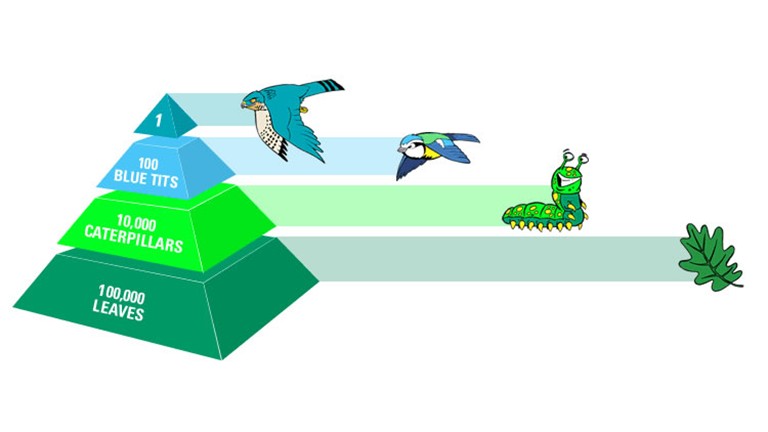
Understanding the Tropic Levels in an Ecosystem
In an ecosystem, the primary energy source is the sun. Autotrophs or the green plants form the food or the potential chemical energy for all the organisms in the ecosystem. Only 1-2% of the sunlight that falls on green plants fixed as organic matter by photosynthesis.
Therefore, green plants (autotrophs) or algae are the primary producers in an ecosystem. The primary producers can convert a source of abiotic energy (sunlight) into stored energy in organic compounds, which can be used by other organisms. These organic molecules are usually collected in the form of biomass, and it serves as a source of carbon and energy for other organisms. These primary producers represent the 1st tropic level in any ecosystem. But in hydrothermal ecosystems, there is no sunlight, so those primary producers obtain energy through chemosynthesis.
Energy flow through a food chain
But a food chain can have a maximum of 5 trophic levels because only 10% of the energy fixed at each trophic level is transferred to the next trophic level.
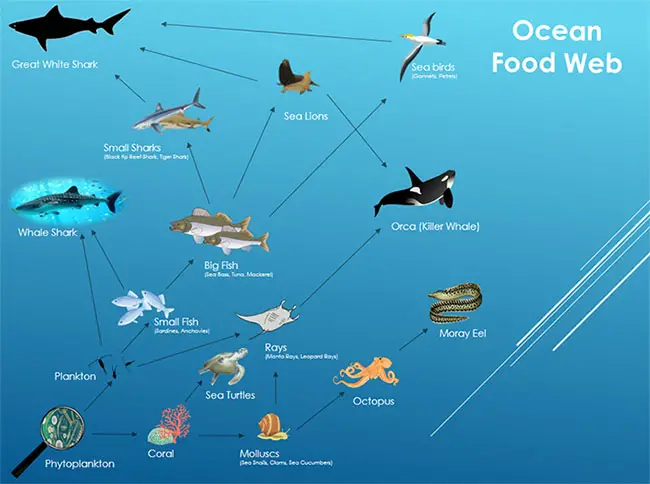
The primary consumers or the herbivores feed on green plants. The primary producers can be omnivores as well. They represent the 2nd trophic level of an ecosystem.
Carnivores then eat herbivores. They represent the 3rd tropic level, and they are known as secondary consumers. Secondary and tertiary consumers are called heterotroph since they can’t produce foods itself.
Some other tertiary consumer carnivores eat secondary consumer carnivores. They represent the 4th trophic level of an ecosystem. Thereafter the food chain continues up to 5th tropic level, finally to apex predators depending on their feeding relationships.
- Consider the following example to get a better understanding of the tropic levels.
Example; the Rabbit eats green plants at the first trophic level. Then a fox eats the rabbit at the second trophic level. This fox is eaten by another carnivore like the Golden Eagle in the third trophic level. This is an example of a food chain. But a food web is quite complicated than this as a single organism can occupy more than one trophic level because there are animals who are omnivores.
Energy flow Through Each Trophic Level in an Ecosystem
The most important fact here is the amount of energy transferred from one trophic level to the next trophic level. Energy flows through an ecosystem in a unidirectional manner.
As mentioned above, only 10% of the energy fixed at each trophic level is sent to the following trophic level. Suppose the amount of energy fixed on green plants is 10000kJ, then 10% of that which means 1000kJ is transferred to primary consumers. So finally tertiary consumers in 4th trophic level receive only 10kJ of energy.
In such a food chain, the number of trophic levels ends from 4th level due to the lack of energy to be transferred to the next trophic level. The remaining energy in each trophic level other than the transferred 10% of energy undergoes two activities. A part of that energy is used to carrying out respiration. The rest is transferred to decomposers after the death and by excretion of every organism in every trophic level. Decomposers convert this energy to heat energy by their respiration.
Types of Pyramids in relation to Trophic Levels
Energy Pyramids
Energy pyramids are graphical representations of the total amount of energy fixed at each trophic level of an ecosystem or community. They never get inverted because only 10% of energy is sent into the higher trophic level.
Energy pyramids are useful in identifying productivity and the rate of consumption in the ecosystem.
Biomass Pyramids
Biomass pyramids are graphical representations of the total dry mass of organisms at each trophic level of community or an ecosystem. In terrestrial ecosystems, they are erect, but in the aquatic ecosystem like Coral Reef ecosystems, they can get inverted. That is because, in oceans and lakes, the biomass of zooplankton can exceed the biomass of phytoplankton due to the high rate of consumption in some seasons of the year.
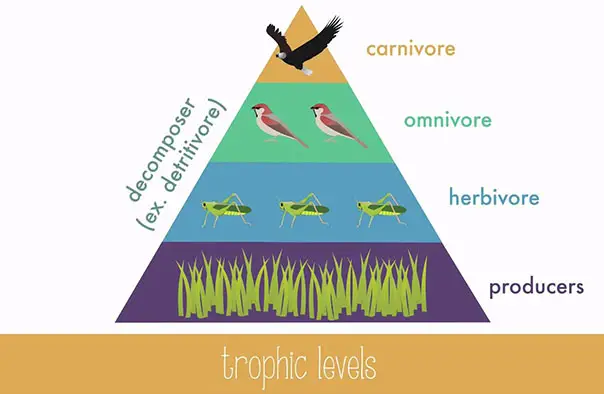
Food Web and Trophic Levels
Interconnected food chains connected at different trophic levels in an ecosystem or community give rise to a food web. The consumer-resource system is another name for a food web.
As mentioned above, in a food web, a single organism can represent different trophic level of different food chains. Organisms of the same trophic level of a food web can be competitive. Organisms in higher trophic levels control the number of organisms in lower trophic levels.
For instance, if leopards are removed from an ecosystem, the result will be the immediate increase of deer and rabbit population in that ecosystem. Also, its next result will be the decrease of paddy, desmodium and grass in that ecosystem because of the excess consumption by increased rabbit and deer population.
This clearly shows that organisms in every trophic level are important to maintain the natural balance of the ecosystem.

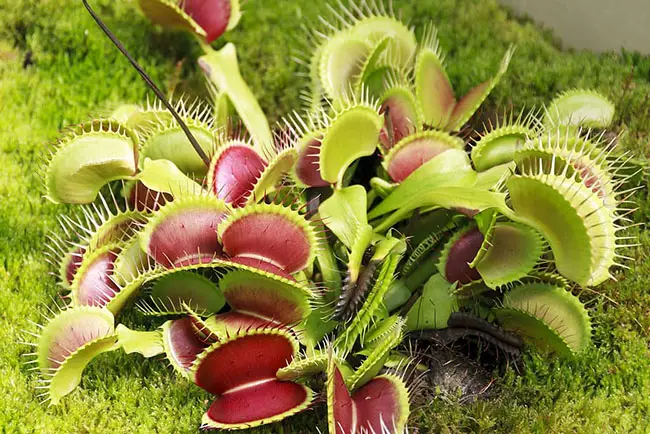
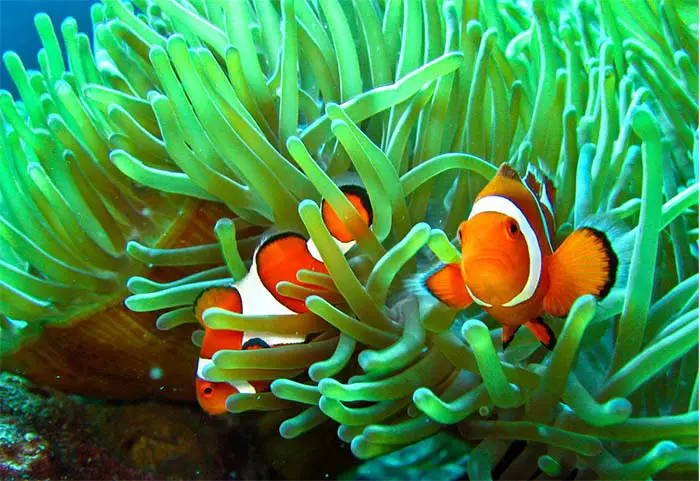
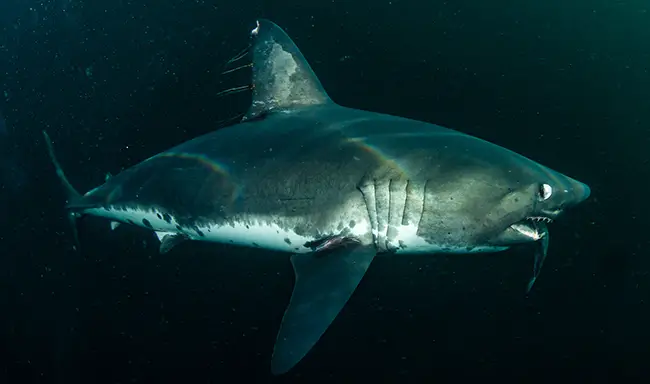
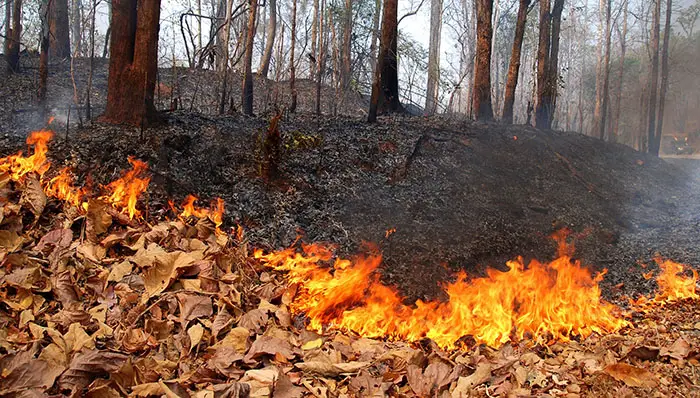
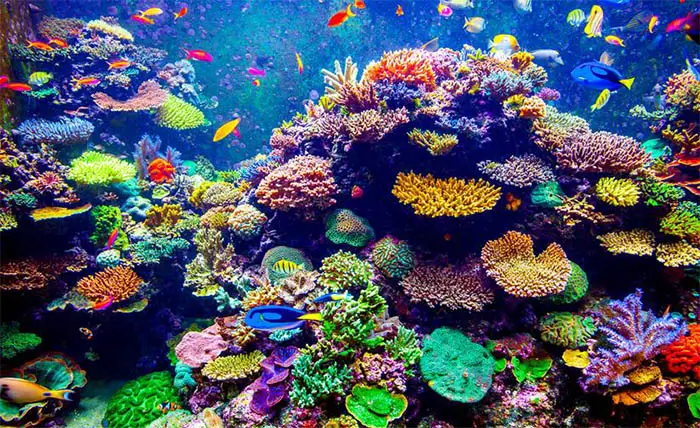
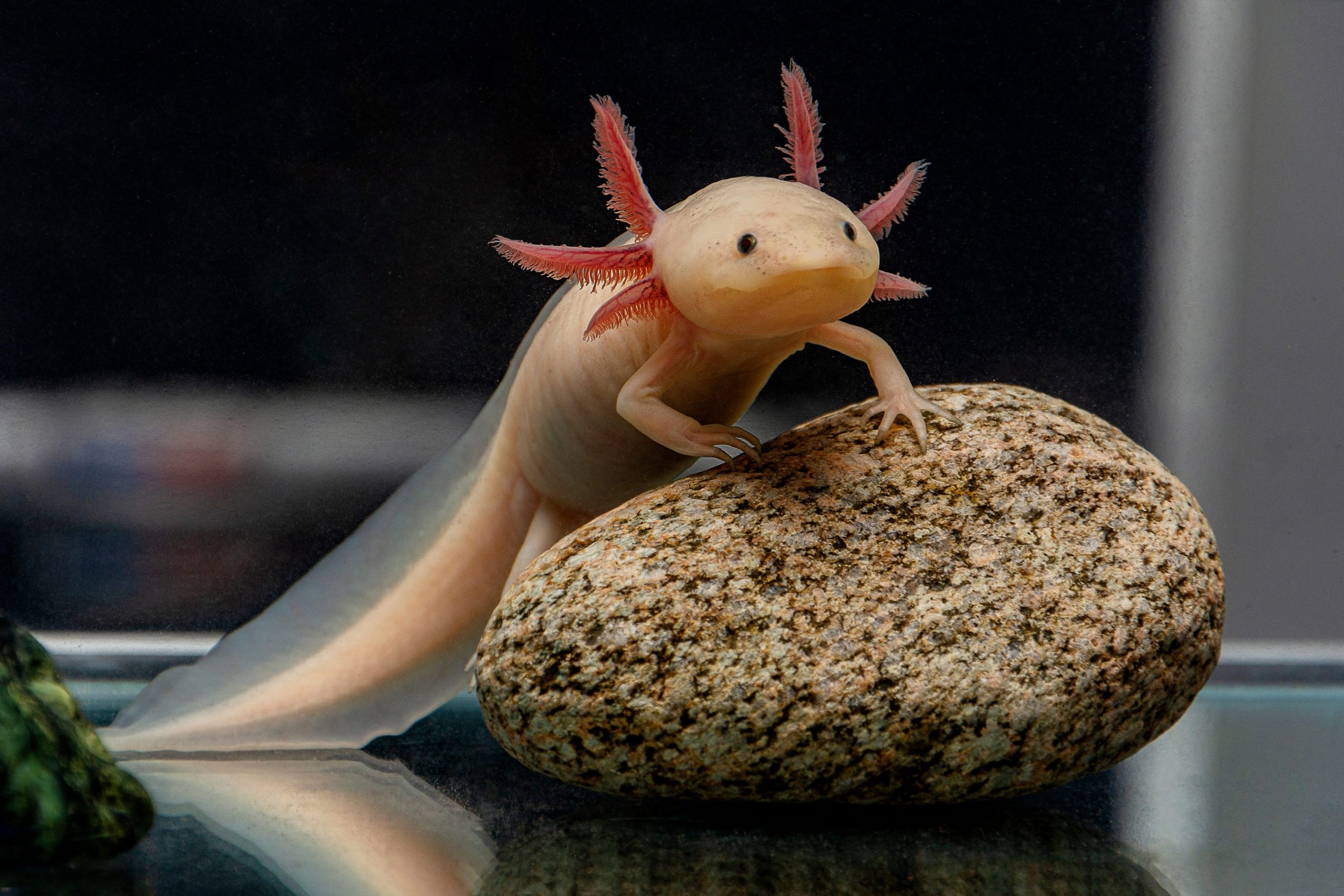
Its such as you read my thoughts! You seem to know so much about this, such as you wrote the e-book in it or something.
I think that you simply could do with some % to pressure the message home a little bit,
however instead of that, that is wonderful blog. An excellent read.
I will certainly be back.
Thanks for visiting..
Thanks for visiting..